-
Posts
50 -
Joined
-
Last visited
-
Days Won
1
Content Type
Profiles
Forums
Blogs
Gallery
Events
Store
Posts posted by Das Limpet
-
-
-
12 hours ago, Stuka f said:
Very impressive!
And can you tell me what they are, please?
well, the first is a volunteer unit I haven't been able to track down as of yet and the other belonged to this chap
https://en.wikipedia.org/wiki/Sir_Thomas_Woollaston_White,_1st_Baronet.
1 -
Surely there are others out there that collect these things.
1 -
No good. Badge might have a chance though
0 -
As promised. Technically I have 2 of these but my other one is on consignment at The Guild.
Just a few more items from the Kaisers navy

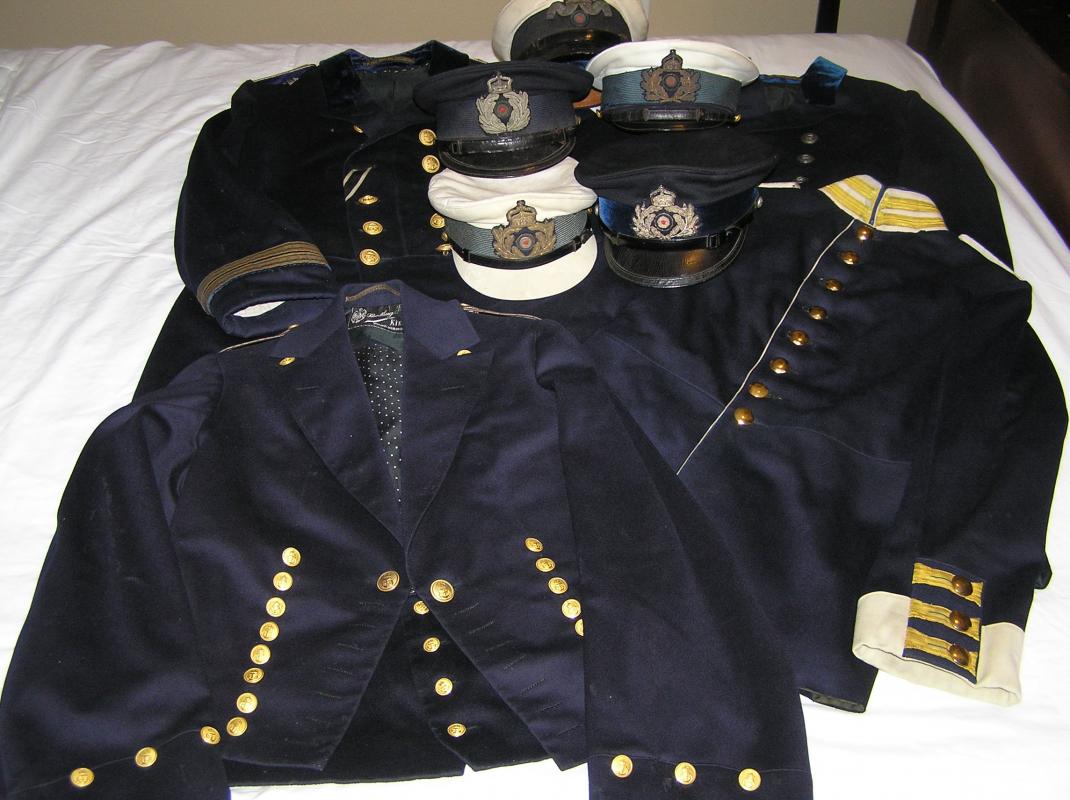 0
0 -
As promised. Technically I have 2 of these but my other one is on consignment at The Guild.
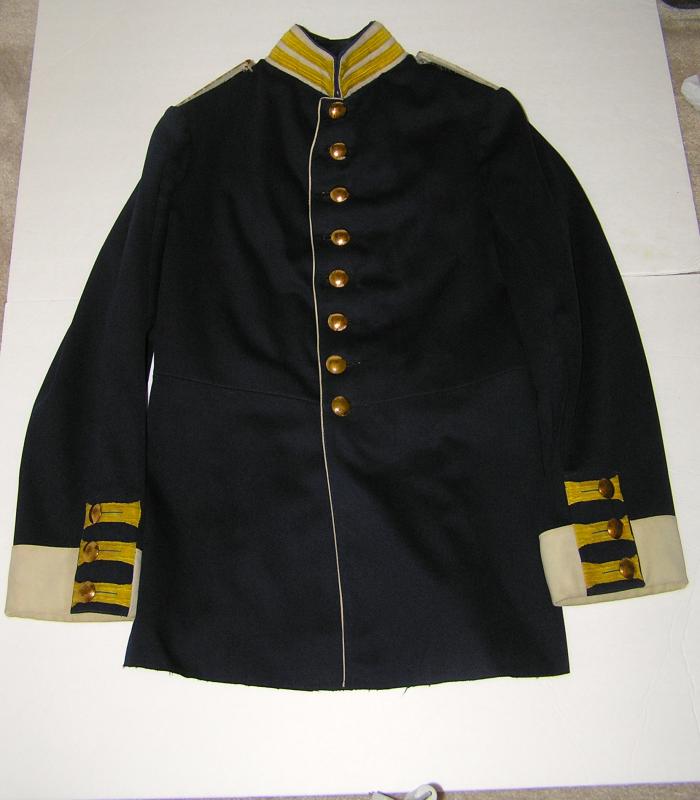
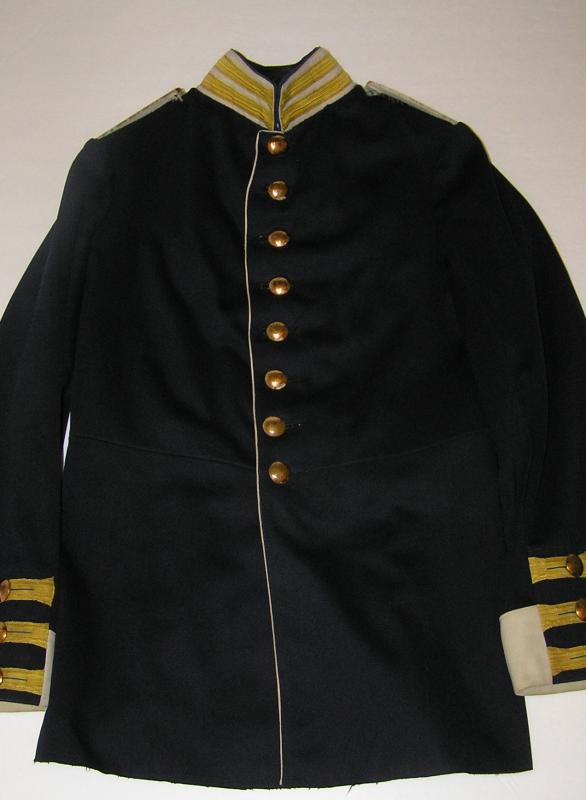
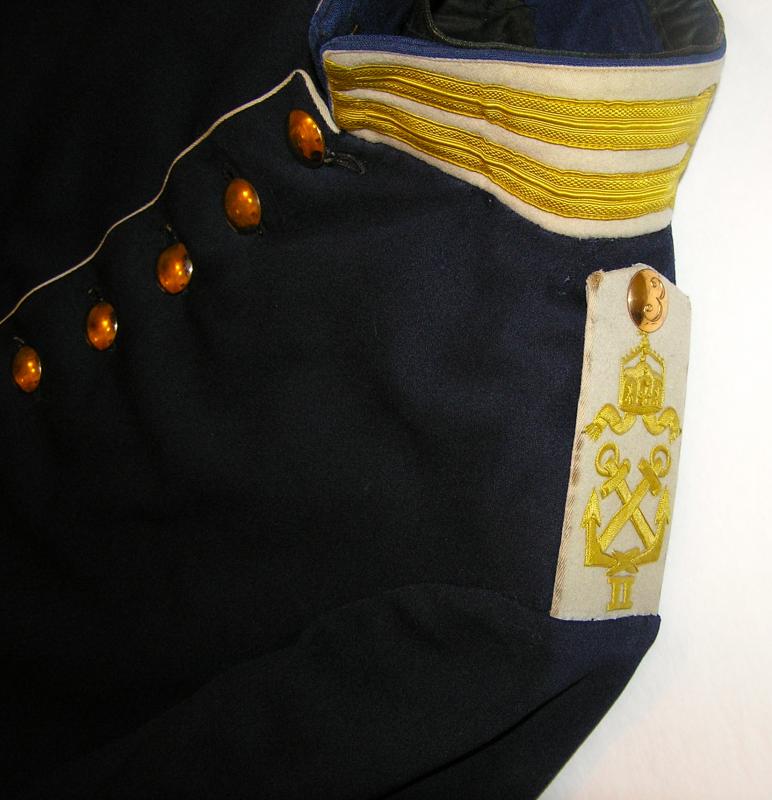
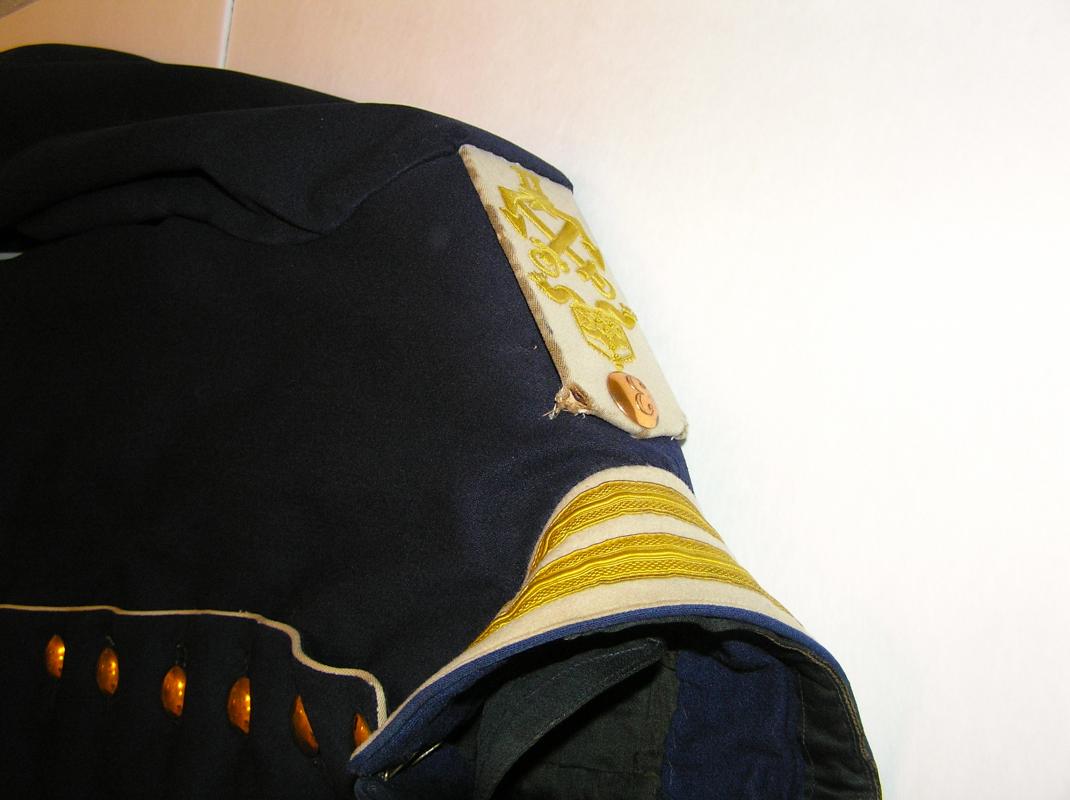 0
0 -
I hear ya lol. No eBay tunics in my collection but ill throw up some pics when I get home tonight :-)
0 -
Yes, I guess my concern wasn't really the tunic itself but the composition of the boards. Are u asking where the boards came from or the tunics??
0 -
-
well, this is only the second SB tunic I've owned and my first one had the exact same type of board stiffner so I guess it's probably ok but after looking at other Imperial regiment boards I don't see the same type of composition.
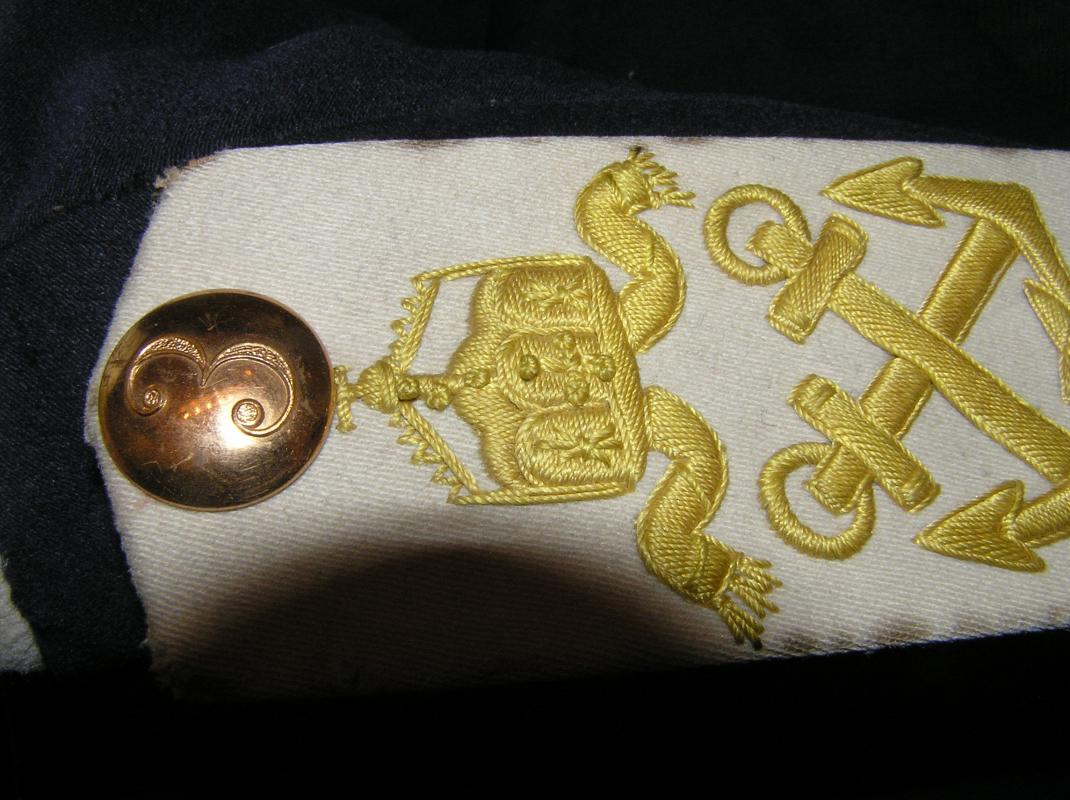
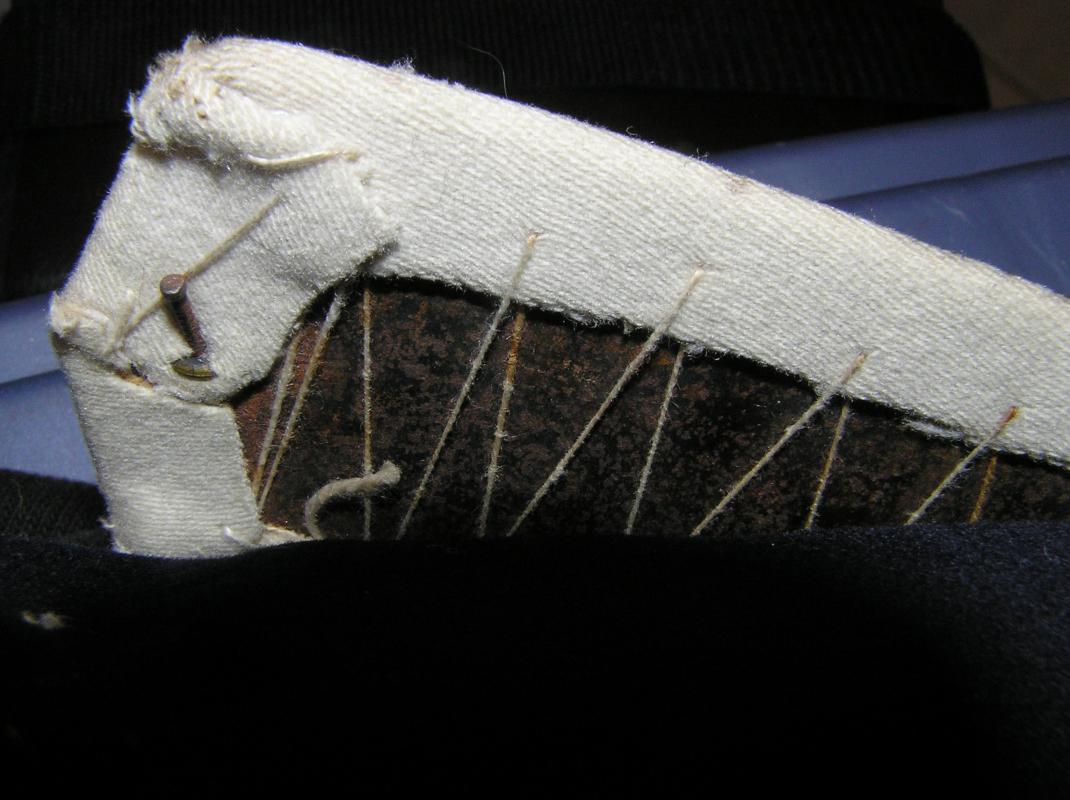 0
0 -
Mine appear to be backed with a cardboard material, is this typical or simply reserved for just the SB personel?
0 -
Like most of these KM caps, there are no maker marks
0 -
Gordon, I totally agree but this is for certain a good exception. Nice private purchase cap!
0 -
Very nice NCO original cap. The dated chinstrap is a very BIG bonus. Well done
0 -
-
Well, I'll be.........finally a Naval hat to behold that is actually for sale on the internet. Right as rain and about 2000.00 more than I can afford but I like it. -Ron
0 -
Awesome pics as usual Mr. Research!
Justinkase, you brought up a rather interesting topic with the fore after hat. These can be had as well if need be.
So, daggers and swords can be had if your willing to spend a few thousand or more for a good one.
Fore and after hats can be found as well.
Sailor caps not too much of a problem.
Sailor dress coats a pretty fair amount out there.
Cap Insignia also can be found if you look close out there.
But officer caps and coats??? Good grief!
 0
0 -
Hi Chip
I too saw that cap and was floored by the final price. It sure was pretty too. -Ron
0 -
Believe me, these caps are already nearly impossible to afford. Here is an issue enlisted man's cap that just sold today on ebay for $827! The white cotton caps sell for even more.
http://cgi.ebay.com/ws/eBayISAPI.dll?ViewI...DME:B:WNA:US:12
Hi Chip
I too saw that cap and was floored by the fina price. It sure was pretty too. -Ron
0 -
Wartime "feldgrau" was limited to a few units that fought as naval infantry (the two Matrosen Divisions) on the western front, and these formations were primarily up against the Belgians, and French. The Naval Divisions in 1918 had some limited use against the British (Ramcke was awarded his GMVK for his leadership during an attack against a British position in 1918). As Rick pointed, out "souveniring' is primarily limited to picking up items from units in the area. This is an important consideration in where items show up after a war.
The Imperial navy was not all "that" large before or during the war, and following the Versailles Treaty was almost non-existent. The Reichsmarine between the wars was mostly limited to coastal defense, mine sweeping duties, and "defensive" measures. The uniforms however, were almost the same, and any pre-war or wartime blues or whites could have been held over for years after the war.
After 1918, many Feldgrau army uniforms were modified (dyed, recut, or simply worn as work clothes by farmers) for civilian useage. The naval uniforms are much easier to modify for civilian use, and by removing braid and buttons, an officer could use a naval frock or duty coat after the war easier than a returning soldier could. The only item of the naval uniform that doesn't immediately "convert" to civilian use is the naval cap. That cap however, is still an item that could be used by the merchant marine, civilian owned ships (and their captains/crews), etc.
The navy was an "Imperial" arm, and as such, recruited from all over the Empire and not necessarily from the coastal areas of Germany. At the end of the war, ex-sailors might return home or if they could find employment (during the economic collapses of the 1920's????) near their old bases.
The German naval bases (see #4 and #5 above) were captured and occupied by British/Canadian forces, -not- the Soviets at the end of WWII. One point above Soviet looting during and after the war. The Communists running things claimed -everything- was state property, and looting for personal gain was a punishable offense. The Soviets did take almost everything they could carry off, but there was a pecking order to what got sent East. Machinery and equipment of all kinds were taken with the expectation that Russia needed rebuilt and almost anything could be of use.
Naval caps are part of a uniform, and if a sailor is out of uniform, he has no need to salute and no need for wearing a military cap of any sort. Other items of his uniform are far more likely to be expropriated for civilian use after the war. Dark blue reefer jackets, dark blue trousers, can be easily worn with or without modifications for post war civilian use. Even whites can be dyed and worn as part of civlian clothing.
The pre-war navy was originally a high-prestige formation. In 1914, many thought the fleet would sweep the British from the seas. Instead, the navy spent much of it's time in port, and unable to break the British-French blockade. The pre-war status fell with the navy's inability to do anything, or perceived inaction in "doing something" to prevent civilians from starving, from industries not being able to get imported raw materials for the war effort, etc.
The 1918 naval mutinies came about for several reasons. After the war, the navy was not seen as a "proud" formation that did it's bit, and many ex-sailors may have not wanted to be associated with having served at home "lounging around" while many soldiers fought, died, or came home missing body parts.
Quite possibly, ego played a part in why many caps didn't survive. The owners probably saw little or no reason for keeping them as they couldn't be worn after the war, and if they were, without running the risk of army-navy rivalries after the war.
Les
Wow! Your research should be commended. Well done!! A history lesson all by itself. Bravo!!
 0
0 -
Thank you Thomas.
I think your friend in Canada should be commended for his comments. I believe this actually explains their elusiveness.
So many boats being scuttled , destroyed and raided would make all of this make sense.
The photos of the deck officers cap is astonishing as well as the medical cap. I certainly wish we could have a closer look at that rare cap.
If these Kaiser caps had a more serious following of collectors I would think any existing caps would be impossible to afford.
Thanks one and all for responding.
0 -
Thank you Thomas and Les
But it still does not answer the question as to why they are so elusive. Imperial navy Jap caps are fairly easy to come by come to think of it.
Help answer this question. Someone out there must have a hypothesis
 0
0 -
Yes, you would sure think so.
 0
0 -
Thank you for your reply Chip!
Indeed it really puzzles me to no end. There are plenty of blue sailor caps to go around (less grey or white ones to be sure), and a good amount of officer daggers if you don't mind spending 2-3000.00. But officer coats and caps just seem to be MIA.
You need a WSS visor? no problem if you have thousands of dollars. Need a good KM cap? a little bit more difficult for a few grand.
And another thing while I am at it. There also seems to be a good numer of Imperial Naval cockades out there too if you don't mind spending 2-300.00

Well, perhaps someone else can shed some light on the subject but I don't honestly see a reason for the shortage.
Puzzled in the U.S.
-Ron
0





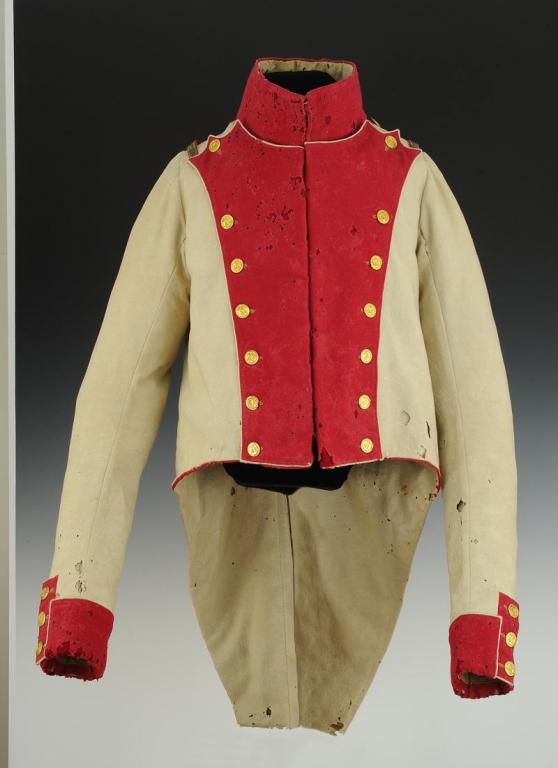
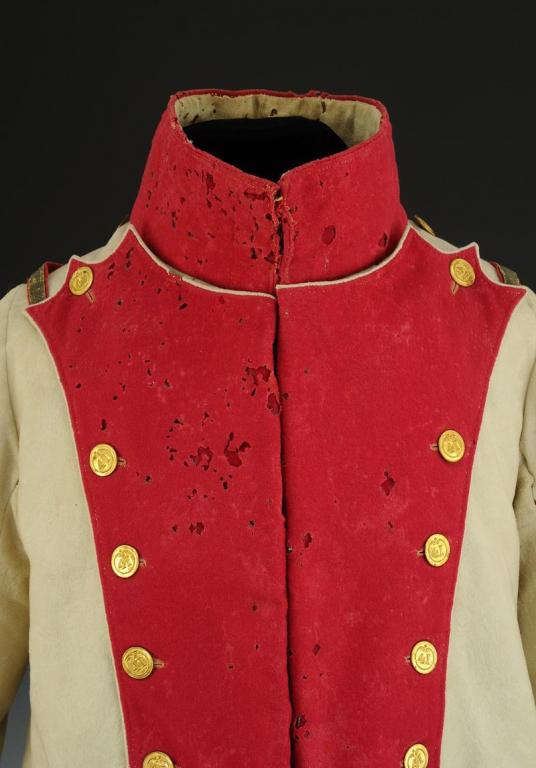
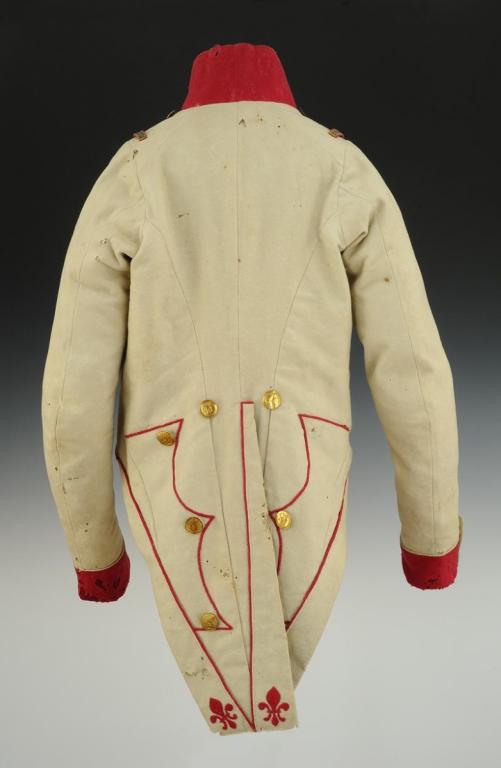
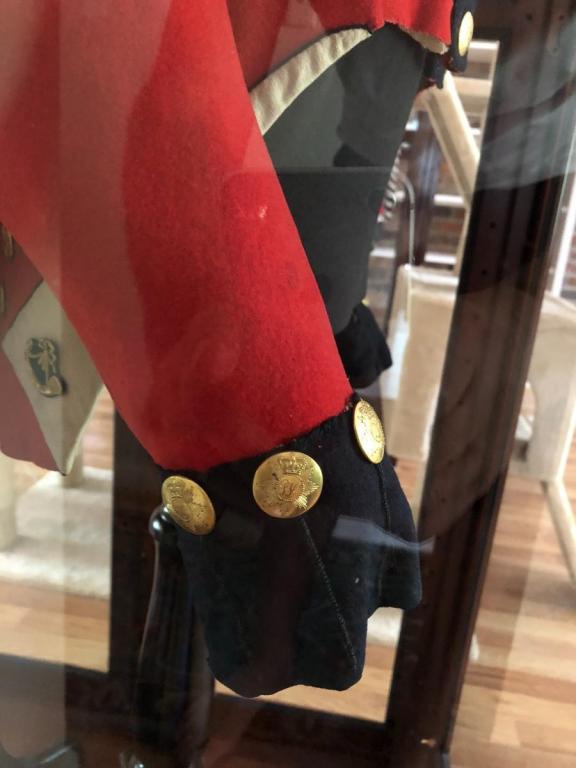
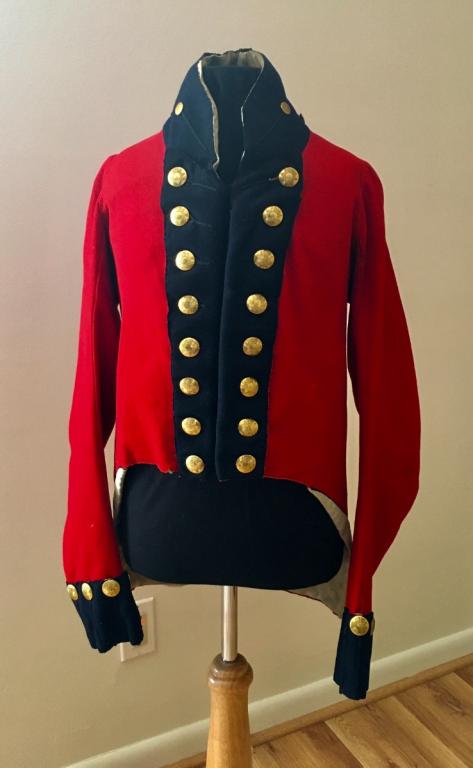

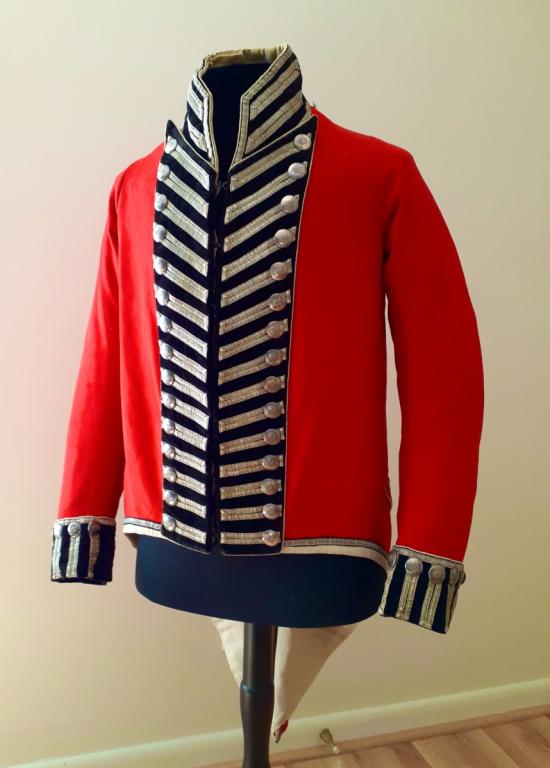
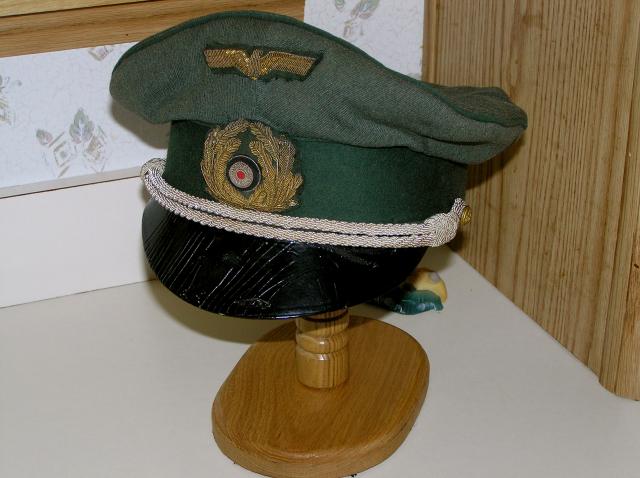 De-Nazified cap
De-Nazified cap
Show us your pre 1815 Uniforms
in Napoleonic Wars
Posted
yes, the 2nd coat belonged to Sir Thomas Woollaston White. After doing an exhaustive internet search on pre 1815 uniforms over the years, I believe there's more out there than I originally thought. Surely not taking away the fact that they are scarce, but thankfully there's a good number of examples that have survived out there.
I'm also aware of the historical twist site and they seem to make fairly accurate examples.